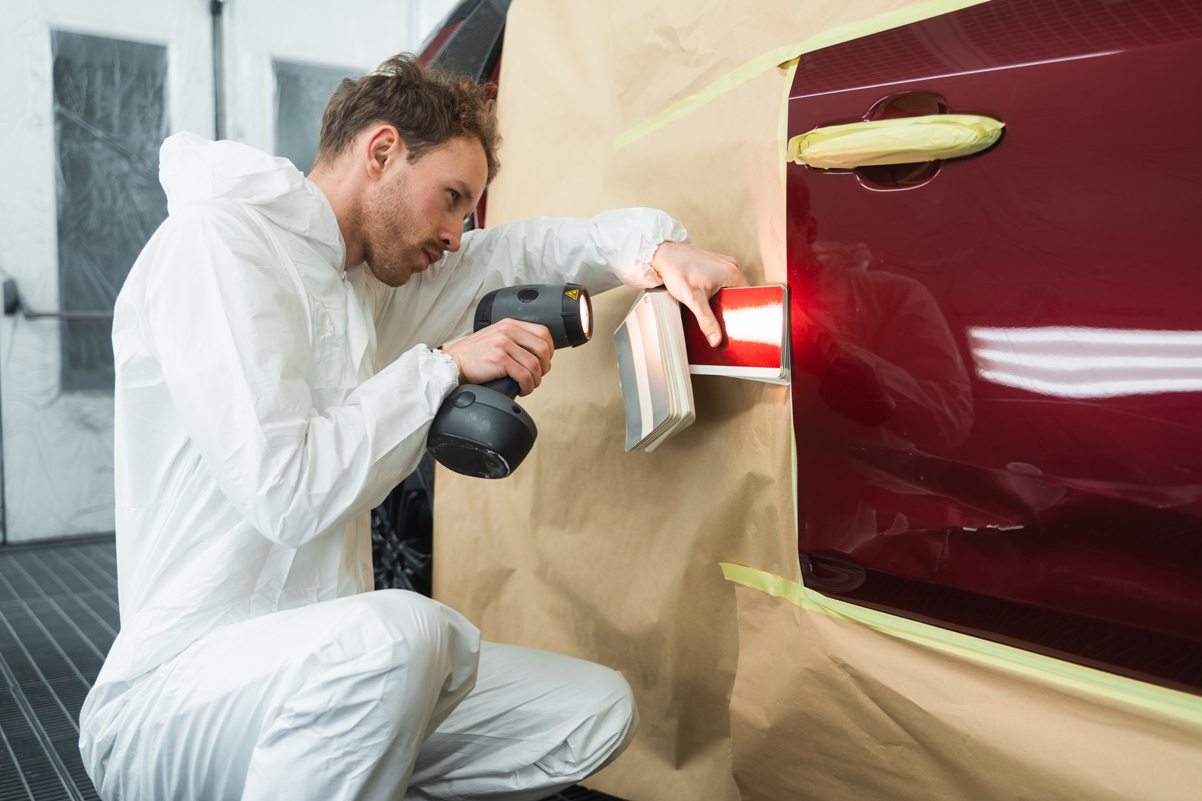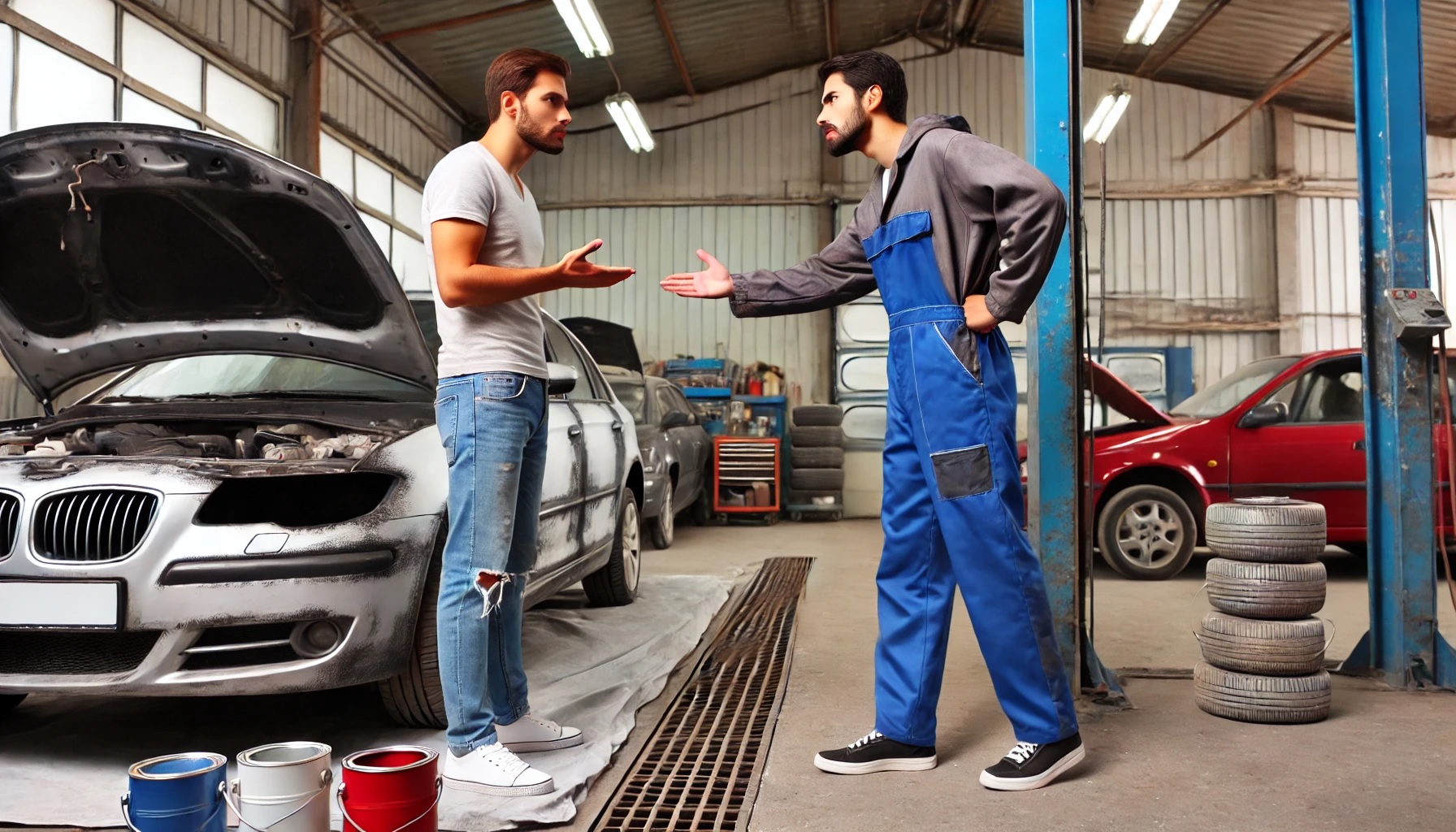I have read a thought provoking article written by David P. Carlisle in his blog on myguy.org. The original article can be found on this link.
In his post, Mr Carlisle predicts that the number of collision accidents will be gradually decreasing due to the implementation by all car producers new accident avoidance and driverless car technology.
I quote bellow what David Carlisle writes in his article ‘Collision Avoidance is Unavoidable”.
“The Driverless Car “revolution” is easy to understand – the Driverless Car will save lives and trips to the hospital … and it will thrash entire industries built on the fact that you crack up your car. The Driverless Car will act like the asteroid impact on the dinosaurs. Collision repair shops? – like the Brontosaurus, headed for extinction. Aftermarket collision parts suppliers like LKQ industries? – like T-Rex, got to move to juicier markets. Insurance companies? – headed down the same path as the Dubreuillosaurus; hard to explain annual increases to “collision insurance” premiums.
OK, so those outcomes are easy to imagine and predictable. Still seems a long time out. But, what about those watermelons and the collision avoidance systems? So, we built a mathematical model to take a peek at what ruckus these things could cause.
To do this, we made some more calls and talked with some of the automotive engineers who are creating these systems. They are really excited about all this. There are literally dozens of subsystems that work together to detect and avoid an imminent collision. We simplified them to just four technology clusters: forward collision, side view assist, lane departure, and adaptive headlights. Based on Insurance Institute for Highway Safety (IIHS) data and Carlisle & Company mathematical modeling, it appears that, once fully deployed, 30% of collision repairs could be avoided by these four technology sets.
That’s huge. But, the fine print reads, “fully deployed.” So, we looked at adoption rates and automotive fleet composition. The Highway Loss Data Institute (HDLI) estimated that by 2020 approximately 20% of all registered vehicles would be deployed with forward collision warning systems. We updated their assumptions and ran this through our model; we came up with a 40% deployment by 2022. 40% made sense to us based on the most recent data. But, that might be the lower limit … if Federal legislation is rolled out mandating these highly effective safety systems … much the same way they mandated front airbags. (Think “Obamacar.”) What could evolve over several decades of optional adoption can be sped up into just a few years. But, let’s just stick with the “normative case” without forced legislative adoption. What happens by 2022 – eight years from now:
- 15% of all collision repair jobs will be avoided … along with commensurate reductions in the markets that are associated with these repairs.
- For the OEMs, the collision parts market represents approximately 35%-40% of their parts revenue. 15% of this will vanish.
- Automotive dealers represent the OE “genuine” selling channel for this 35%-40% of the parts market. Again, 15% of this will vanish.
- There are thousands of collision repair facilities that live off collisions … already, and they have been mightily squeezed by insurance companies as part of massive cost reduction efforts. 15% of their businesses will vanish.
- There are dozens of aftermarket companies that serve the collision market. They will have to exist in a brave new world where 15% of their market vanishes.
- The 15% market contraction will have other “second order” impacts on the automotive OEMs.
- A smaller market will require less warehouse space for storage. By 2022, we calculate the need to be 6% less than today.
- The market collapse will shrink the warehouse headcount – we think the reduction here will come to 8% by 2022.
- If the market vanishes by 15%, transportation costs can be avoided. This cost reduction tallies to about 5% of overall parts distribution transportation cost.
This is the normative case. You can practically take this to the bank. But, what happens if things speed up? What happens if there are legislative mandates? What about “Obamacar?”
It is easy to imagine a 2022 future where the impact on collision repair jobs increases from a 15% decline to a 20% decline.
Collision avoidance is not at all like front air bags, which were also designed to save tens of thousands of lives. Air bags individually cost a fortune, but their deployment actually increased the size of the collision market – by increasing the economic likelihood that a vehicle would be totaled in a collision. Deploy an air bag in a fender bender, add $1,000 to the repair cost. Couple this with another $1,000 in collision repair for that accident, and the car’s got to be worth more than $2,000 not to be totaled. Air bags saved lives and actually created jobs.
And collision avoidance? Obviously, this will saves lives, too … but in the process these new systems will also reshape every industry based on the assumption that vehicles will have accidents. If you avoid the crash, the air bags do not deploy, and no fender gets a bender. I know that the insurance companies are thinking a lot about what this means for them. But, are auto dealers? Collision shops? Independent aftermarket suppliers? Air bag manufacturers? Junk car part shops? …”
I just want to add to what is already said in this amazing article that nothing can be taken as granted, neither the size of the car refinishing business nor its existence in the long term.






